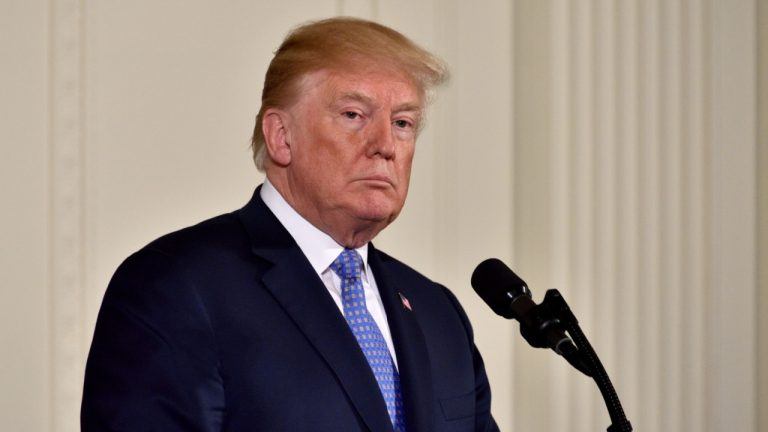
Bitcoin’s price set to move higher if macro outlook remains supportive: Grayscale report
Share this article
Bitcoin’s price and the overall crypto market capitalization have the potential to “move higher” through the remainder of the year as long as the macroeconomic outlook remains broadly supportive, according to Grayscale’s report published on Thursday.
Bitcoin’s price dropped 15% in April, and the total crypto market cap also decreased slightly. However, Bitcoin and Ethereum have still outperformed the broader crypto sector indexes.
According to the report, we may be in the “seventh-inning stretch” of Bitcoin’s bull market cycle, with a pause in the rally seeming appropriate given the shift in Federal Reserve (Fed) monetary policy expectations.
Analysts suggested that the market was less confident about the likelihood of Fed rate cuts this year with stubborn inflation and strong US growth. This has bolstered the US dollar and pressured Bitcoin prices.
However, the US economy is poised for a soft landing, Grayscale’s report stated. Analysts point to Fed officials hinting at future rate cuts and the November elections, which are not expected to increase fiscal discipline.
“The macro outlook still seems supportive: the US economy is on track for a soft landing, Fed officials are signaling that rate cuts will eventually be appropriate, and the November elections seem unlikely to result in more fiscal discipline,” analysts stated.
On the technical front, Bitcoin’s valuation metrics, such as the MVRV ratio, are currently below the peaks of previous cycles, indicating room for growth.
“As long as the macro outlook remains broadly unchanged from here, Grayscale Research believes that Bitcoin’s price and total crypto market capitalization can move higher again through the balance of the year,” analysts noted.
Neel Kashkari, one of the Fed’s most hawkish members, said on Tuesday that holding interest rates at current levels for a longer period than anticipated is a much more likely scenario than raising them further. However, he added that the Fed could cut rates if they observe a rise in unemployment.
Kashkari said he previously expected there might be room to cut interest rates twice in 2024. However, he is now considering adjusting that expectation, potentially reducing the number of cuts to one or even none.
“I would need to see multiple positive inflation readings suggesting that the disinflation process is on track,” Kashkari stated.
Grayscale’s report also touches on the potential implications of a second Trump administration for the US Dollar and Bitcoin, referring to Standard Chartered’s prediction that Bitcoin may gain from a Trump election victory.
Despite the challenging macro backdrop, there were positive developments within the crypto markets, such as the Bitcoin halving. The halving significantly reduced the network’s new issuance rate and has brought Bitcoin’s inflation rate below that of gold’s supply inflation.
In addition, rising activity on the Ethereum network and progress on stablecoin legislation in the US were notable events.
Analysts shared that “Senators Lummis and Gillibrand proposed a bipartisan bill outlining a framework for stablecoin legislation. The proposal involved a requirement for stablecoin issuers to hold one-to-one reserves, consumer safeguards such as FDIC involvement in the event of failures, and an outright ban on algorithmic stablecoins.”
Stablecoin market capitalization is growing, with USDC gaining market share on Tether. Regulatory clarity on stablecoins could be a positive development for the industry, analysts suggest.
“In our view, US regulatory clarity on the status of stablecoins on public blockchains would be an important step forward for payments use cases. In addition to progress on legislation, the payments processing firm Stripe announced that it would allow its customers to send USDC stablecoin payments on Ethereum, Solana, and Polygon—another positive sign for the development of these networks,” analysts added.
Share this article
Go to Source
Author: Vivian Nguyen








